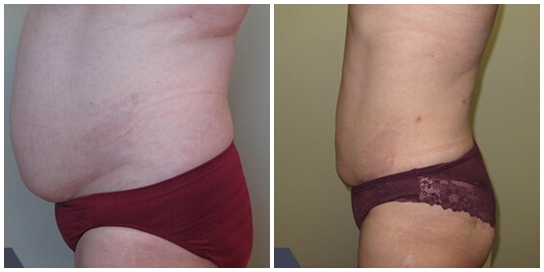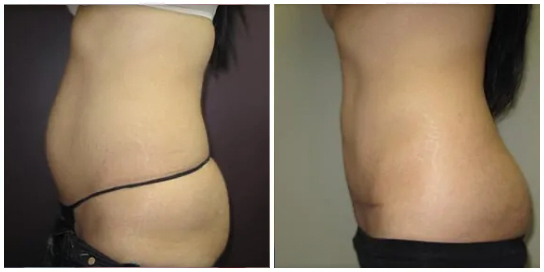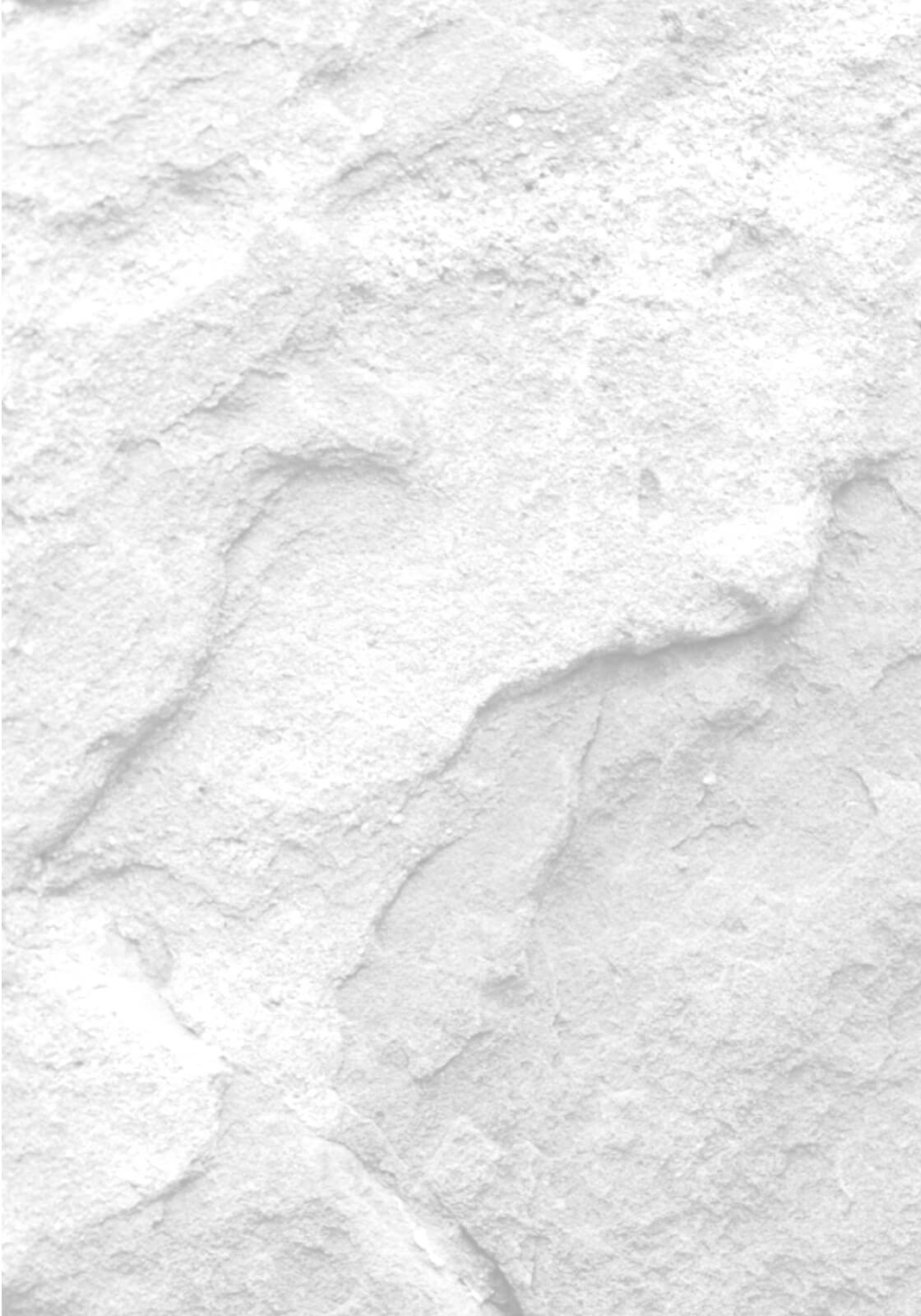Breast Reconstruction
Conveniently located to serve the areas of Boulder, CO

Breast Reconstruction surgery is most frequently performed for patients who have had either a mastectomy or lumpectomy due to breast cancer. Others that may require breast reconstructive surgery are people who are born with asymmetric breasts or have had some sort or injury to the breast.
Contents
Tissue Expander & Implant Reconstruction
The most common and reliable form of breast cancer reconstruction is tissue expander and implant reconstruction. This procedure involves placing a temporary, adjustable, implant-like tissue expander underneath the skin and muscle of a patient. Over time this expander is filled with fluid to stretch the skin and muscle and build a breast mound. When the size of the breast reaches the goal for the desired result, the expander is surgically replace with a implant in a second procedure. After this is done, the patient can also have a nipple and areola reconstructed in a third surgical procedure. This is the most common form of breast reconstruction used today and in our opinion has the least number of side affects and impact on day to day living in both the short and long term.
TRAM (Transverse Rectus Abdominis Myocutaneous) Flap
TRAM Flap breast reconstruction is a procedure that is offered to select patients. This procedure is performed by using skin, fat, and muscle from the abdomen and transferring it to the chest wall to create a new breast mound. This is referred to as a flap, and this particular flap is referred to as a pedicled flap. This means that the tissue remains connected to the patient without having to disconnect and reconnect the blood supply.
Pedicled TRAM Flap
Pedicled TRAM Flap reconstruction provides a natural breast reconstruction. The patient does have to be willing to sacrifice one of the rectus (six pack) muscles on their abdomen which can interfere with functionality or result in a hernia. Not all patients are candidates for breast reconstruction surgery, there must be adequate excess skin and soft tissue to accommodate the creation of a breast.
“Free” TRAM Flap
A “Free” TRAM Flap is similar to the Pedicled TRAM flap with the exception that the flap is actually disconnected from the blood supply and brought up to the chest where it is reconnected to the patient and a blood supply on the chest wall. Similar issues are present for the Free and Pedicled TRAM flaps with regard to patient selection.
DIEP (Deep Inferior Epigastric Artery Perforator) Flap
DIEP Flap is a rarely used breast reconstruction that is similar to a Pedicled TRAM flap reconstruction. However, this reconstruction involves freeing the blood supply from the rectus muscle so that the muscle is not sacrificed in the reconstruction. Again, similar criteria exist for all the Flap reconstruction patients.
Latissimus Dorsi with Expander & Implant Reconstruction
It involves taking a muscle from the back (the Latissimus Dorsi) and using it to help provide coverage and volume to a breast with a tissue expander and later an implant. There are a variety of reasons to use this reconstruction including primary reconstruction, some patients who are receiving radiation, and others who require a secondary procedure.
Breast reconstruction is a common procedure and can be performed at the time of the initial breast surgery (immediate breast reconstruction) or in a delayed fashion (delayed breast reconstruction). The various types of reconstruction and timing of each will be discussed with patients at length to ensure adequate understanding of all options available to our patients. For more information, contact us to speak with one of our specialists or scroll down to schedule a consultation.
Schedule your Appointment
And Meet Directly With Dr. Roesner to Discuss a Treatment plan to meet your Aesthetic and Skincare Goals.
Schedule AppointmentConsult fee is $100 – which will be applied to the cost of the procedure
(If scheduled within 90 days).





